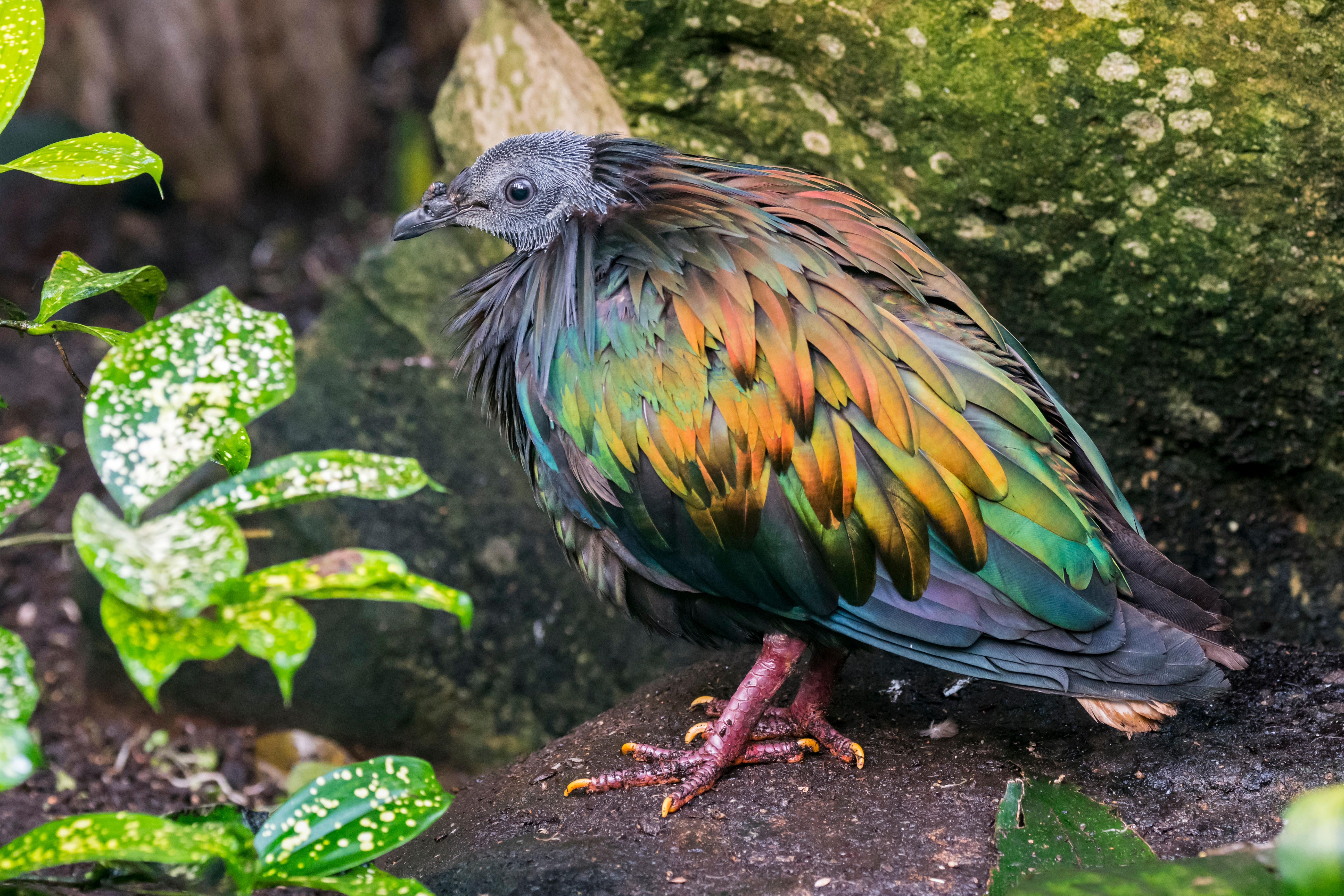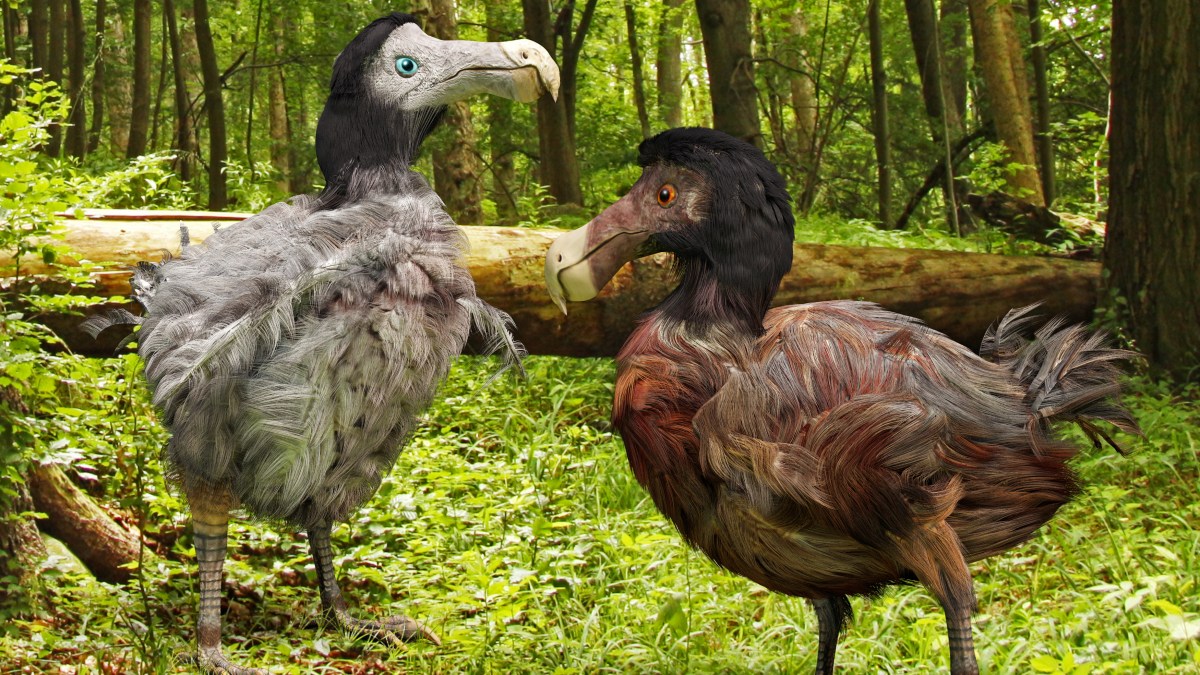Plump and flightless, the dodo disappeared from the forests of its native Mauritius in the 17th century, its fate sealed by hungry sailors and invasive, chick-eating rats.
But in a twist that might have astonished even the most fanciful naturalist of the 1600s, it is waddling back into the scientific limelight.
Colossal Biosciences, based in Texas, has made what it describes as a pivotal breakthrough in its efforts to resurrect the species — or, at least, to make a passable replica. It has succeeded for the first time in creating pigeon primordial germ cells (PGCs), the biological building blocks from which a new lineage of dodo-like creatures could potentially be fashioned.
Ben Lamm, Colossal’s chief executive, said his team was celebrating “a significant advancement for dodo de-extinction”.
The bird is not the only vanished creature in his sights. Colossal, whose scientists include George Church, a pioneering professor of genetics at Harvard University, is working on bringing back the woolly mammoth (last recorded about 4,000 years ago, on a remote Arctic island off Siberia) and the thylacine, or Tasmanian tiger (declared extinct in 1986, but not officially spotted since 1936).
In the spring Colossal revealed its attempt to revive the dire wolf, a species made famous by the TV drama Game of Thrones, but whose howl was last heard across the tundra of North America some 10,000 years ago. However, some scientists were sceptical of the accomplishment, cautioning that the result was best seen as a modified grey wolf and that Colossal’s pups were “dire wolfy” rather than the real thing.

The genetically modified “dire wolf” pups, Romulus and Remus
REUTERS
Something similar would be true if it managed to bring back the mammoth. Its version would be an Asian elephant with DNA tweaks to give it shaggy fur and extra fat reserves to fend off the cold.
Likewise, its “dodo” would actually be a genetically edited Nicobar pigeon, the vanished bird’s closest living evolutionary relative.

A Nicobar pigeon in India
ALAMY
The dodo poses particular challenges. Birds cannot be cloned in the same way as mammals, which makes PGCs essential. Colossal, which has established a breeding colony of Nicobar pigeons in Texas, harvested skin cells from embryos that were developing inside the pigeons’ eggs. The cells were then treated with special proteins to coax them into becoming PGCs.
The next steps involve editing the DNA inside the cells to produce dodo-like traits, and bathing them in more proteins to cause them to become sperm and eggs. The company has specially engineered chickens to serve as surrogate mothers.
“Our goal is to make enough dodos with enough genetic diversity engineered into them that we can put them back into the wild where they can truly thrive,” Lamm said. “So we’re not looking to make two dodos, we’re looking to make thousands.
“Rough ballpark, we think it’s still five to seven years out, but it’s not twenty years out.”
The company also announced it had raised $120 million in new funding, with investors including the Lord of the Rings director Peter Jackson.

